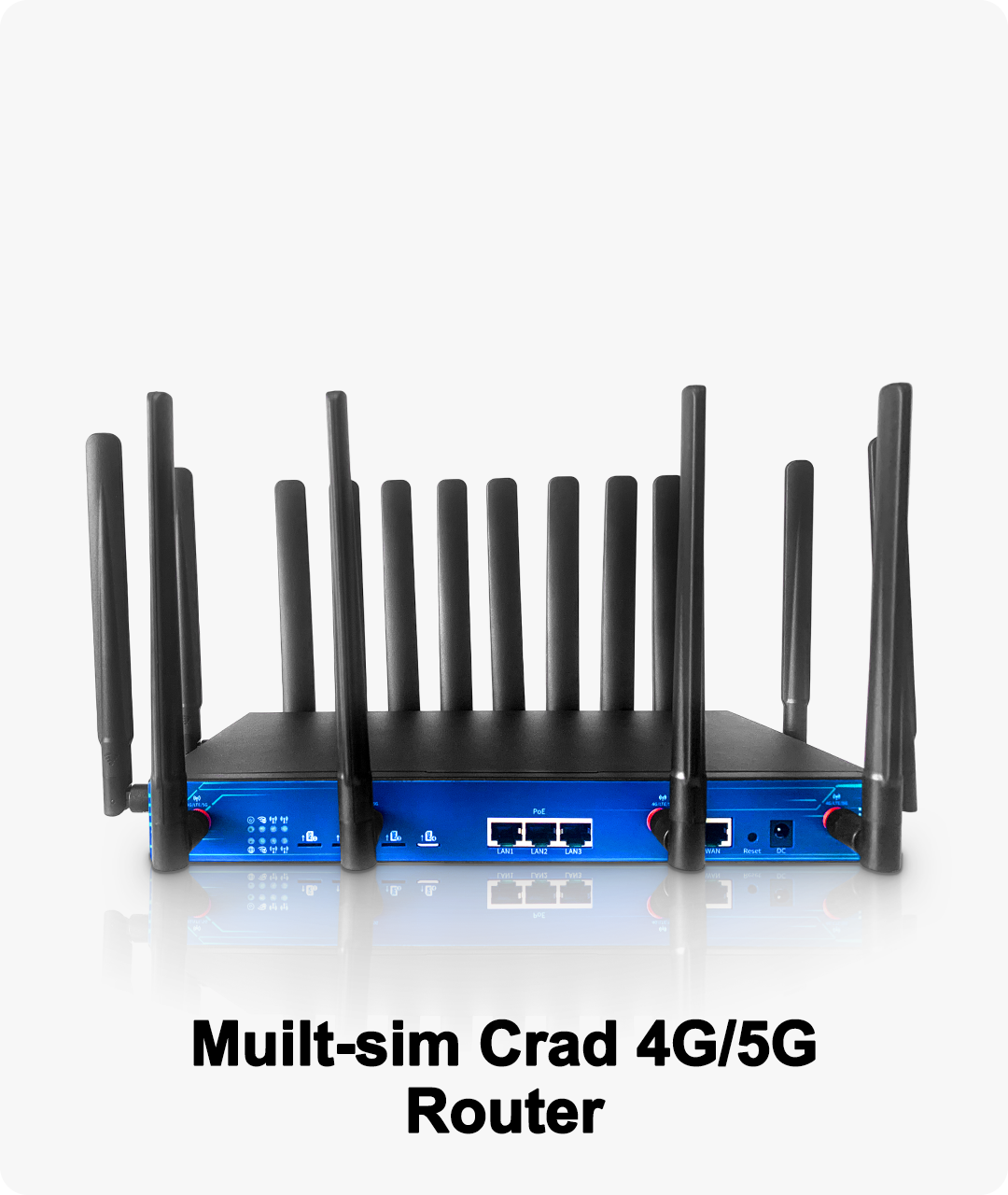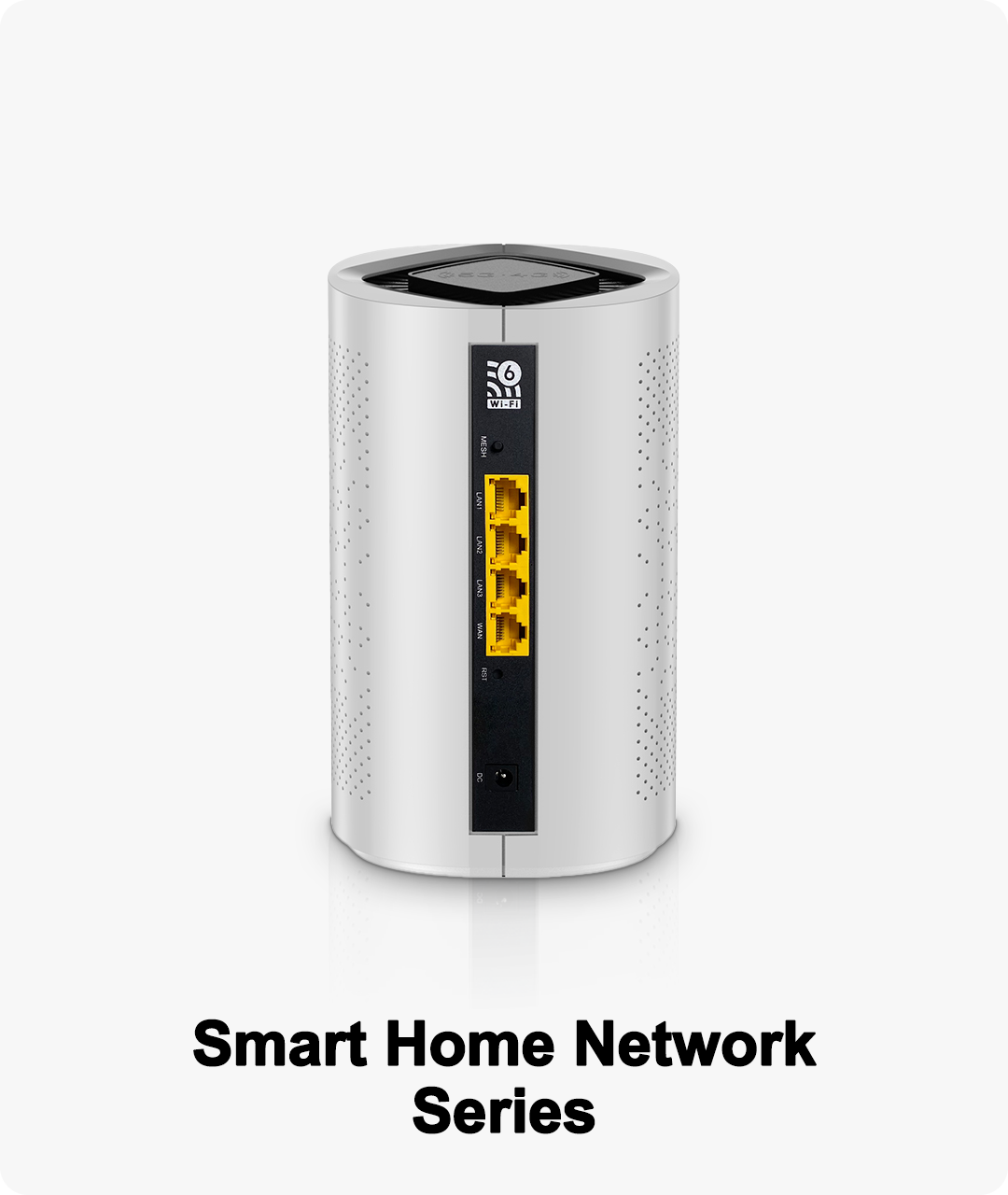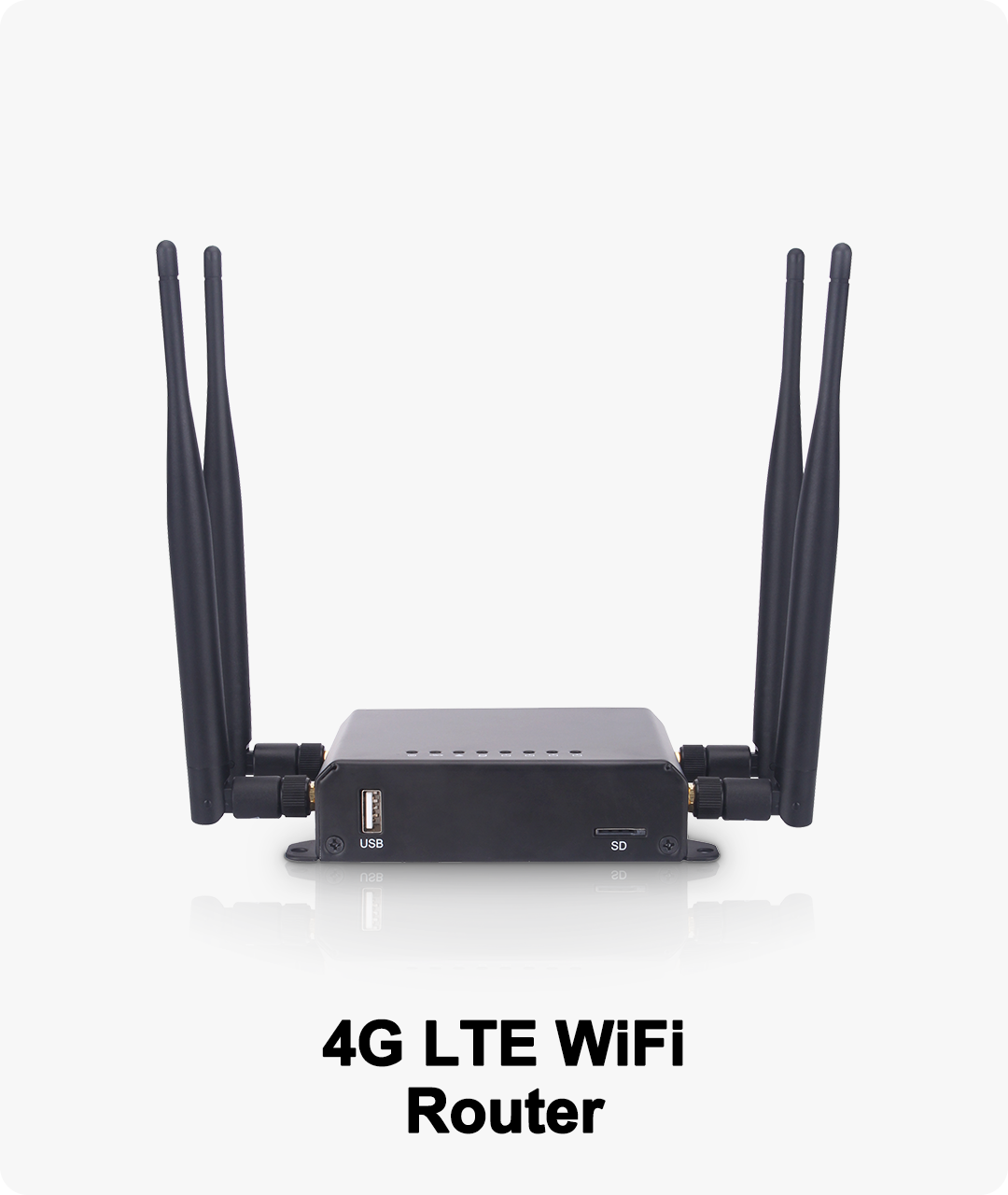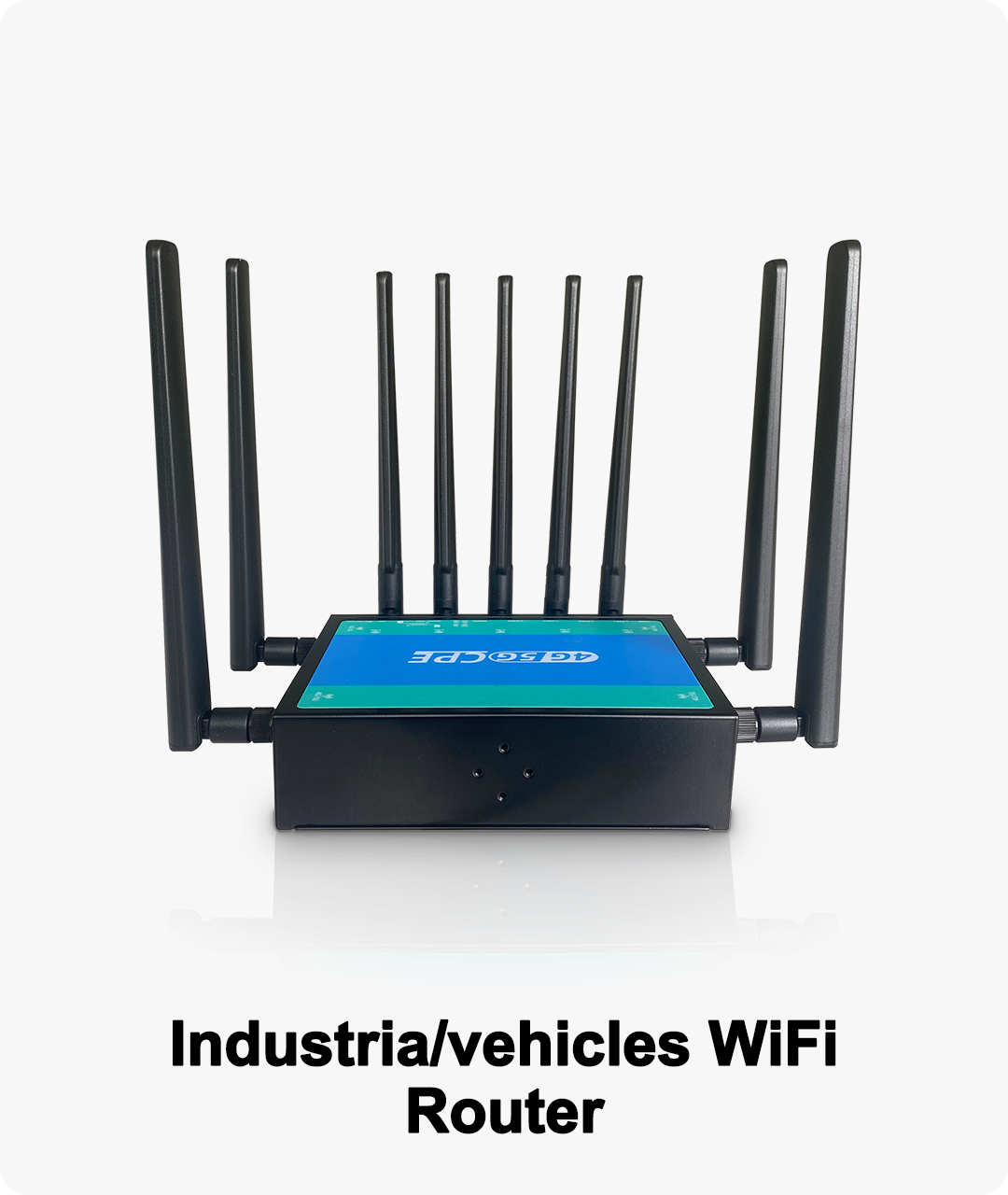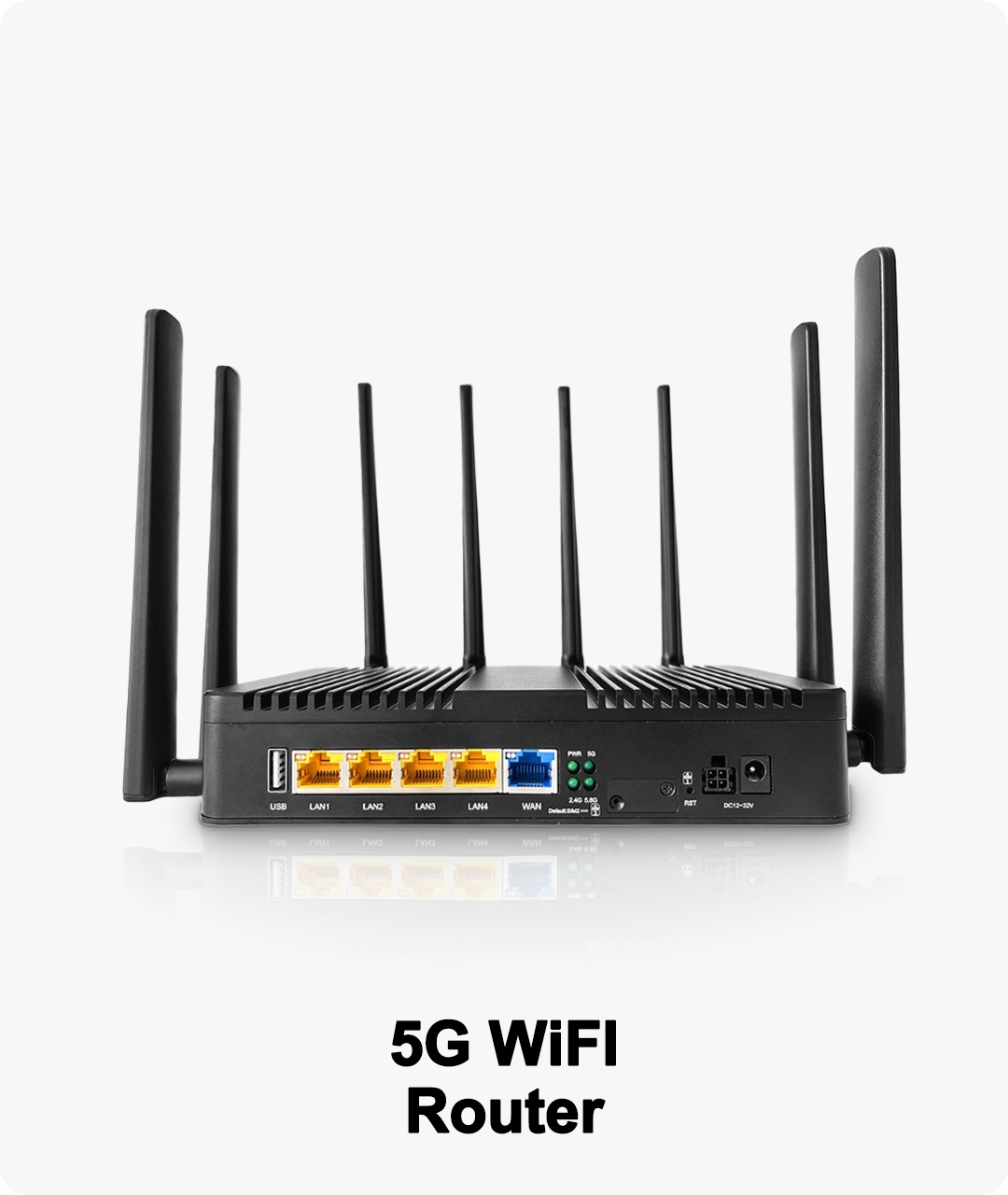D301, Building D, No. 54-6, Guanlan Avenue, Xinhe Community, Fucheng Street, Longhua District, Shenzhen ,China


Transforming Outdoor Connectivity: The Role of DFS Routers in WiFi 5G Networks
As digital transformation spreads across every aspect of life, the demand for seamless, high-speed internet in outdoor environments is greater than ever. Outdoor DFS routers equipped with WiFi 5G are at the forefront of this revolution, bringing powerful and dependable wireless coverage to parks, stadiums, festivals, and city centers.
What Makes DFS Routers Essential for Outdoor Use?
Dynamic Frequency Selection (DFS) is the secret weapon of modern outdoor routers. DFS technology allows these routers to automatically identify and use the cleanest channels in the 5 GHz band, steering clear of interference from radar, competing WiFi networks, and other electronic devices common in open-air settings. This capability is especially valuable where high user density and device diversity can choke regular WiFi networks.
Why WiFi 5G?
WiFi 5G, operating on the 5 GHz spectrum, enables multi-gigabit speeds and supports more simultaneous connections. It is perfect for high-traffic locations where large crowds gather, such as outdoor sports venues, concert arenas, and busy public spaces. Combined with DFS, WiFi 5G ensures a smooth, lag-free experience for every user.
Weatherproofing and Durability
Outdoor DFS routers are engineered for tough conditions. Features like IP67-rated enclosures, reinforced antennas, and temperature-resistant components keep these devices running through rain, dust, heat, and cold.
Application Scenarios
Smart Stadiums: High-density WiFi for thousands of fans.
City Squares: Public internet access for citizens and IoT applications.
Parks and Outdoor Events: Reliable WiFi for attendees, vendors, and organizers.
Surveillance Systems: Uninterrupted connectivity for outdoor CCTV cameras.
Setting Up an Outdoor DFS Router
Site Survey: Analyze the area for potential interference sources and coverage requirements.
Choose Proper Mounting: Select elevated, protected spots for optimal signal reach.
Configure DFS Settings: Enable automatic channel switching to maximize stability.
Plan for Scalability: Consider mesh networking for large or expanding spaces.
Future Outlook
With cities embracing smart infrastructure and outdoor digital experiences, DFS routers with WiFi 5G support will become standard. Their ability to adapt, scale, and withstand the elements makes them a must-have for modern outdoor networks.






